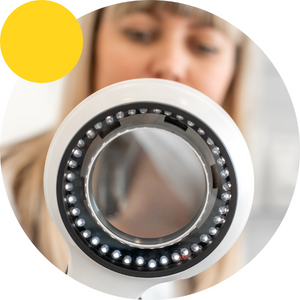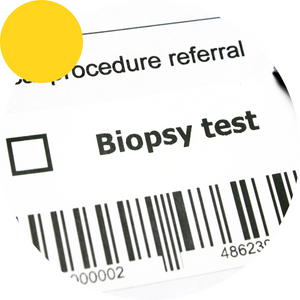Diagnosis
If you notice anything new or changing on your skin or any of the ABCDEFG signs, visit your GP or a dermatologist, surgeon or plastic surgeon, without delay.
Getting a diagnosis
Your doctor should use a dermatoscope (a skin surface microscope) to look at your skin, and if they suspect melanoma, they may also feel the lymph nodes near the suspicious spot or lesion. If they are concerned that you may have a melanoma, they may do a biopsy themselves or refer you to a specialist.


Getting a biopsy
If the spot (lesion) you have been worried about is biopsied or removed, it will be sent to a laboratory for analysis. A dermatopathologist will look at the cells under a microscopic and may also perform tests on it. The result of the analysis will confirm if the lesion has changes consistent with melanoma.
The testing includes measuring the depth/thickness of the lesion and this is what determines follow-up treatment. Most positive biopsies require a further excision to remove a bit more skin, known as a wider local excision.
The thing is, melanoma isn’t always a mole, if you notice anything new or changing on your skin, just go and get it seen to.

